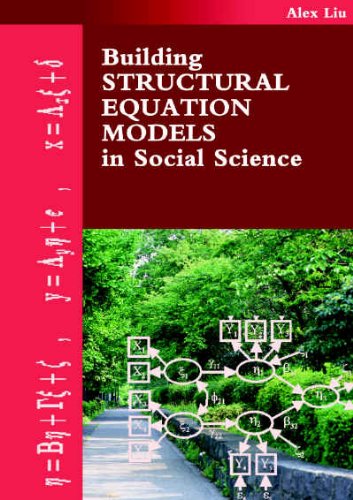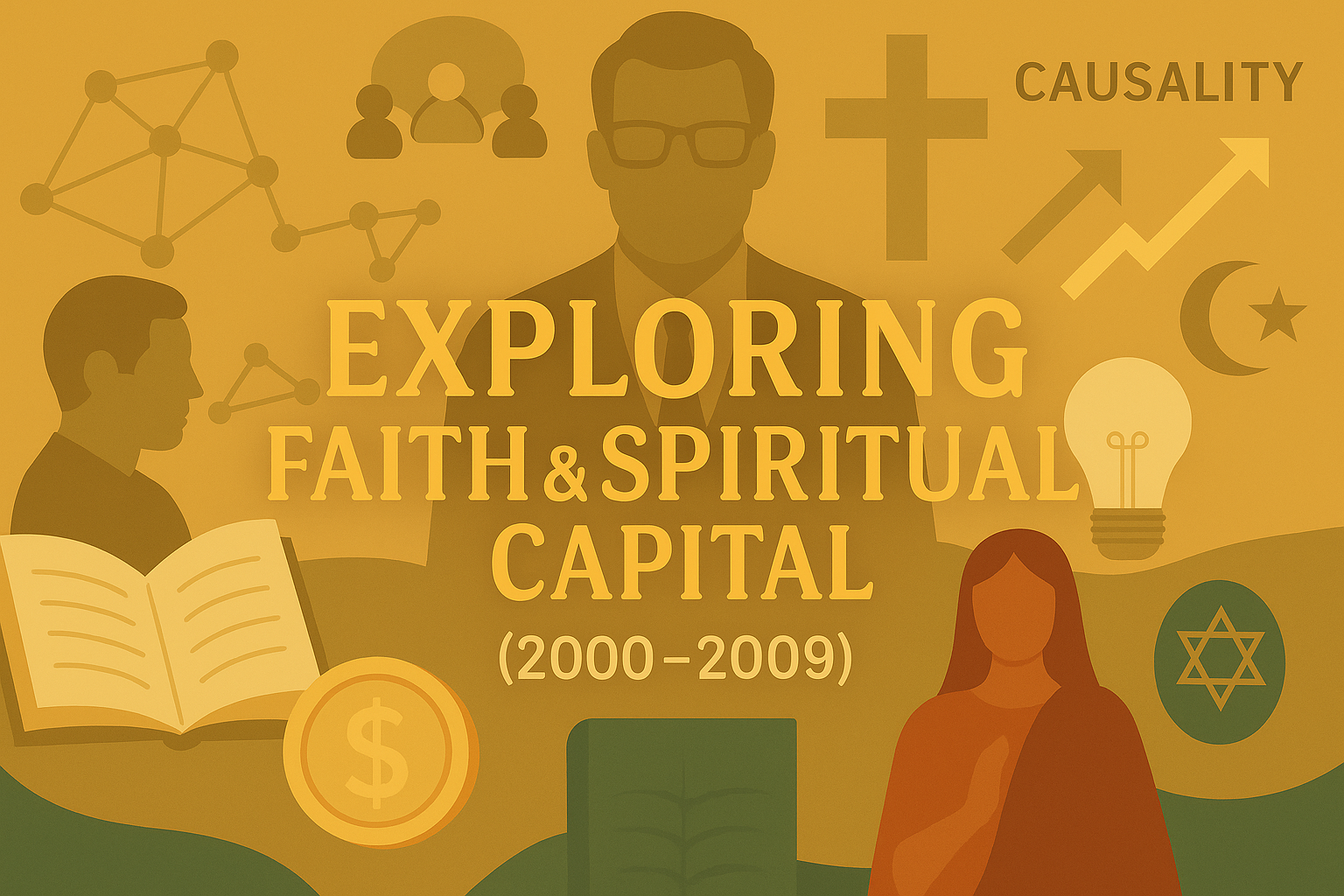Dr. Alex Liu
📍 Relocating to Los Angeles and
Rebalancing Toward Research & Teaching
 In
2000, I left Silicon Valley and moved to
Los Angeles. In this new environment, I
initially continued several Asia-focused
engagements in knowledge management
and organizational management
training, including trips to Hong
Kong and Singapore, and I
kept serving TEN (The Enterprise
Network) in San Jose. Very quickly,
though, I followed my plan to shift the
center of gravity toward research and
teaching. In the summer of 2001,
I presented papers at academic
conferences in Sweden and
Atlanta; in Sweden I met Muhammad
Yunus (later awarded the 2006 Nobel
Peace Prize) and his team, initiating
some contact and early collaboration. In
the fall of 2001, I taught
Sociological Research Methods and SPSS
at UC Riverside for one semester,
but discontinued due to the commute.
In
2000, I left Silicon Valley and moved to
Los Angeles. In this new environment, I
initially continued several Asia-focused
engagements in knowledge management
and organizational management
training, including trips to Hong
Kong and Singapore, and I
kept serving TEN (The Enterprise
Network) in San Jose. Very quickly,
though, I followed my plan to shift the
center of gravity toward research and
teaching. In the summer of 2001,
I presented papers at academic
conferences in Sweden and
Atlanta; in Sweden I met Muhammad
Yunus (later awarded the 2006 Nobel
Peace Prize) and his team, initiating
some contact and early collaboration. In
the fall of 2001, I taught
Sociological Research Methods and SPSS
at UC Riverside for one semester,
but discontinued due to the commute.
🎓 Building Advanced Methods
Teaching in Southern California (RM4Es)
 Beginning
in the spring of 2002, I served
as a part-time faculty member at the
University of Southern California (USC),
teaching advanced quantitative
methods to Ph.D. students in
management, political science,
and international relations
through 2004. From 2003
onward, I also taught structural
equation modeling (SEM) and latent
variable methods to Ph.D. students
in management and economics
at UC Irvine (UCI), a role I
continued through 2011. The
Rady School at UC San Diego
also invited me, but due to distance I
served instead as an affiliated advisor
to a research center, contributing to
several consulting and research
projects.
Beginning
in the spring of 2002, I served
as a part-time faculty member at the
University of Southern California (USC),
teaching advanced quantitative
methods to Ph.D. students in
management, political science,
and international relations
through 2004. From 2003
onward, I also taught structural
equation modeling (SEM) and latent
variable methods to Ph.D. students
in management and economics
at UC Irvine (UCI), a role I
continued through 2011. The
Rady School at UC San Diego
also invited me, but due to distance I
served instead as an affiliated advisor
to a research center, contributing to
several consulting and research
projects.
During this period,
my 4E approach—Research Method
4Es (RM4Es)—took shape through my
courses at USC and UCI,
closely linked to work with
S/S-PLUS/R and influenced by
statistical learning thinking.
🌍 Consulting After 9/11: Data,
Development, and Spiritual Capital
Alongside teaching, my consulting grew steadily, often with international scope. I provided evaluation, training, and advisory services in Central Asia, South Asia, and Africa, primarily for UN and USAID projects, all grounded in data for assessment and decision-making. The 9/11 era shaped these choices, as did the debates I’d joined in the 1990s at Stanford around Fukuyama’s “End of History” and Huntington’s “Clash of Civilizations.” I found Huntington’s civilizational analysis more predictive, conceiving “civilization” as rooted in spiritual belief and in the methods used to interpret and forecast social change.
 With
that lens, I sought assignments across
different civilizational contexts,
focusing on religion and
spiritual capital. Backed by UN and
other sponsors, I advocated combining
material and intellectual
capital with social and
spiritual capital in aid programs to
maximize impact in poverty reduction.
With
that lens, I sought assignments across
different civilizational contexts,
focusing on religion and
spiritual capital. Backed by UN and
other sponsors, I advocated combining
material and intellectual
capital with social and
spiritual capital in aid programs to
maximize impact in poverty reduction.
🇱🇰 Sri Lanka: Impact
Assessment, Tech for Peace, and
Comparative Faith
 In
the summer of 2003, I spent a
month in Sri Lanka delivering
impact assessment training for UN
programs to ministerial officials. The
country was living under a tenuous
February 2002 ceasefire, with
bunkers still lining the streets—an
environment that underscored our hope
that rigorous impact evaluation
could redirect large-scale investments
toward sustaining peace—early efforts in
Tech for Good and Tech for
Peace.
In
the summer of 2003, I spent a
month in Sri Lanka delivering
impact assessment training for UN
programs to ministerial officials. The
country was living under a tenuous
February 2002 ceasefire, with
bunkers still lining the streets—an
environment that underscored our hope
that rigorous impact evaluation
could redirect large-scale investments
toward sustaining peace—early efforts in
Tech for Good and Tech for
Peace.
 As
a Buddhist-majority country, Sri
Lanka also exposed me to new facets of
comparative religion. I visited
Kandy’s Temple of the Tooth (Sri
Dalada Maligawa), and, at UN request,
met with displaced Muslim
communities facing discrimination and
conflict. These experiences deepened my
comparative study of religions and
catalyzed a systematic exploration of
viewing problems through four forms
of capital—material,
intellectual, social, and
spiritual—with spiritual capital
as a guiding force.
As
a Buddhist-majority country, Sri
Lanka also exposed me to new facets of
comparative religion. I visited
Kandy’s Temple of the Tooth (Sri
Dalada Maligawa), and, at UN request,
met with displaced Muslim
communities facing discrimination and
conflict. These experiences deepened my
comparative study of religions and
catalyzed a systematic exploration of
viewing problems through four forms
of capital—material,
intellectual, social, and
spiritual—with spiritual capital
as a guiding force.
🇰🇿🇰🇬 Central Asia: Innovation
Ecosystems and the GEM Program
 From
late 2005 to early 2008, I
consulted in Kazakhstan (and also
in Kyrgyzstan) for USAID and
others, helping establish innovation
and entrepreneurship centers and
adapt Silicon Valley ecosystem
practices. We conducted a
national survey on entrepreneurship
in Kazakhstan and, in collaboration with
London Business School and
Babson College, integrated the work
into the Global Entrepreneurship
Monitor (GEM) program, while
training local teams in data analysis.
From
late 2005 to early 2008, I
consulted in Kazakhstan (and also
in Kyrgyzstan) for USAID and
others, helping establish innovation
and entrepreneurship centers and
adapt Silicon Valley ecosystem
practices. We conducted a
national survey on entrepreneurship
in Kazakhstan and, in collaboration with
London Business School and
Babson College, integrated the work
into the Global Entrepreneurship
Monitor (GEM) program, while
training local teams in data analysis.
 Both
countries are majority Muslim,
and conversations with faculty,
officials, students, and business
leaders expanded my understanding of
faith, society, and development. I
gave talks on the 4CAPITAL
approach and, on a personal note,
visited historically significant sites
tied to Chinese history and the
region of Li Bai’s birthplace—one
of my life’s most meaningful cultural
journeys.
Both
countries are majority Muslim,
and conversations with faculty,
officials, students, and business
leaders expanded my understanding of
faith, society, and development. I
gave talks on the 4CAPITAL
approach and, on a personal note,
visited historically significant sites
tied to Chinese history and the
region of Li Bai’s birthplace—one
of my life’s most meaningful cultural
journeys.
🇰🇪 Kenya: Evaluating Aid and
the Strength of Spiritual Capital
 In
summer 2007, I spent a month in
Kenya evaluating the social
impact of U.S. aid and
USAID-funded projects. The work
reinforced that material and
intellectual resources alone were
insufficient; social and
spiritual capital were often
decisive for program success. Kenya has
a sizable Muslim population and
was the site of the 1998 bombing
of the U.S. Embassy in Nairobi
(over 400 killed, 4,000+ injured), an
event that shaped security and
development perspectives in the region.
My office during that month was inside
the U.S. Embassy, where I heard
many stories about Barack Obama’s
August 2006 visit as a senator to
his father’s homeland. Later, when he
was elected president, I wrote a piece
on spiritual capital inspired by
his trajectory.
In
summer 2007, I spent a month in
Kenya evaluating the social
impact of U.S. aid and
USAID-funded projects. The work
reinforced that material and
intellectual resources alone were
insufficient; social and
spiritual capital were often
decisive for program success. Kenya has
a sizable Muslim population and
was the site of the 1998 bombing
of the U.S. Embassy in Nairobi
(over 400 killed, 4,000+ injured), an
event that shaped security and
development perspectives in the region.
My office during that month was inside
the U.S. Embassy, where I heard
many stories about Barack Obama’s
August 2006 visit as a senator to
his father’s homeland. Later, when he
was elected president, I wrote a piece
on spiritual capital inspired by
his trajectory.
🧪 SEM, Causal Discovery, and
Pioneering Measures of Spiritual Capital
Throughout these years, I pursued teaching, research, and consulting in parallel, with a scholarly focus on structural equation modeling (SEM) and latent variable methods. Beginning in 2003, I continued teaching SEM for Ph.D. students at UCI through 2011, developing a course textbook and a review article on SEM applications in business research.

At the same time,
my applied interests emphasized the link
between faith and
organizational performance. Because
SEM models unobserved (latent)
variables, it was well-suited to
studying faith and spiritual
capital—work that put me among the
early adopters of latent-variable
measurement for these constructs.
Although I published sparingly—mostly
conference papers—this line of work drew
frequent mentions and collaboration
inquiries.
🔬 Collaborations on Spiritual
Capital and the Growth of 4CAPITAL
(2008–2009)
 Around
2008–2009, I collaborated with a
Yale Divinity School project on
spiritual capital and with a
research center at a university in
Ireland. Drawing on lessons from
entrepreneurship ecosystems, I
articulated and expanded the 4CAPITAL
framework (material, intellectual,
social, spiritual), which began to be
more widely discussed and
cited. I was invited to advise
related master’s and doctoral
theses.
Around
2008–2009, I collaborated with a
Yale Divinity School project on
spiritual capital and with a
research center at a university in
Ireland. Drawing on lessons from
entrepreneurship ecosystems, I
articulated and expanded the 4CAPITAL
framework (material, intellectual,
social, spiritual), which began to be
more widely discussed and
cited. I was invited to advise
related master’s and doctoral
theses.
 These
advances were grounded in years of
fieldwork and comparative inquiry across
Islam, Buddhism,
Eastern Orthodoxy, and
Christianity. The 4CAPITAL
framework became a key foundation for my
next-stage work on Chinese traditions
of faith and method, and aligned
conceptually with my later Ecosystem
Approach and Holistic Computation
(holistic analysis)—eventually
informing applications in data
science and AI guided by
human values.
These
advances were grounded in years of
fieldwork and comparative inquiry across
Islam, Buddhism,
Eastern Orthodoxy, and
Christianity. The 4CAPITAL
framework became a key foundation for my
next-stage work on Chinese traditions
of faith and method, and aligned
conceptually with my later Ecosystem
Approach and Holistic Computation
(holistic analysis)—eventually
informing applications in data
science and AI guided by
human values.
